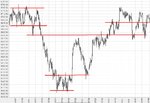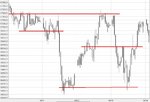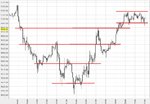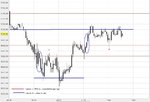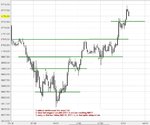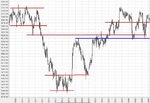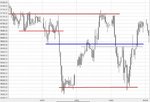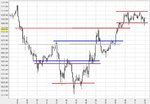dbphoenix
Guest Author
- Messages
- 6,954
- Likes
- 1,266
firewalker99 said:Do you mean it's all crap I wrote? 😱
I'm not sure in what direction a trading plan should look like then... I've seen examples, people saying "if I see two shadows above a resistance line, I'd short", if I see a shooting star after high volume down bar I'd short, stuff like that... I was just trying to sort out something for myself and I've assembled some screenshots where my entries do actually work. But it's not a guarantee for success, but then again, no strategy works for every trade right?
No, it's not crap. It's all part of the process. And everything you've read and everything you've heard and everything you've tried will be used in some way at some point. Nothing is wasted.
However, now it's time to put it all together into something that works for you. Looking at the examples of others is fine as far as that goes, but what works for somebody else is not likely to work for you because it won't be yours. And, no, not every trade will yield a profit. However, that doesn't mean the strategy is at fault. But the strategy has to yield a consistent profit over time or it's not worth using.
Could you perhaps give me a hint about what a plan should look like then?
As for your suggestion, I'll start doing that tomorrow and leave volume out of the equation as you also suggested. To be honest, I'm not sure how I'm going to place an entry with leaving all this in the trashcan, only using S/R and not using any theorie. Seems like throwing darts at a cheesecake...
Don't put it in the trashcan, then. Just set it aside and focus on one thing. Try whatever seems most logical of everything you've tried so far.
As for the plan, you've made a good beginning, but it's very complex. Have you tested all of that? Take your "1", for example. Does that tell you exactly what to look for? If so, you'll at least be plotting potential S/R levels. You'll also be posting the previous day's, week's, month's chart. Then, according to what you've written, you'll be waiting for a WRB. Translate all of that into specific actions. Then, when the trading day begins, all you have to do is wait for the conditions you've specified. You don't have to guess. But you have to specify first (see my last post). That's part of the plan.
If you want comments, post this at night in order to give people plenty of time to look at it and ask their questions or offer their suggestions.
Db

